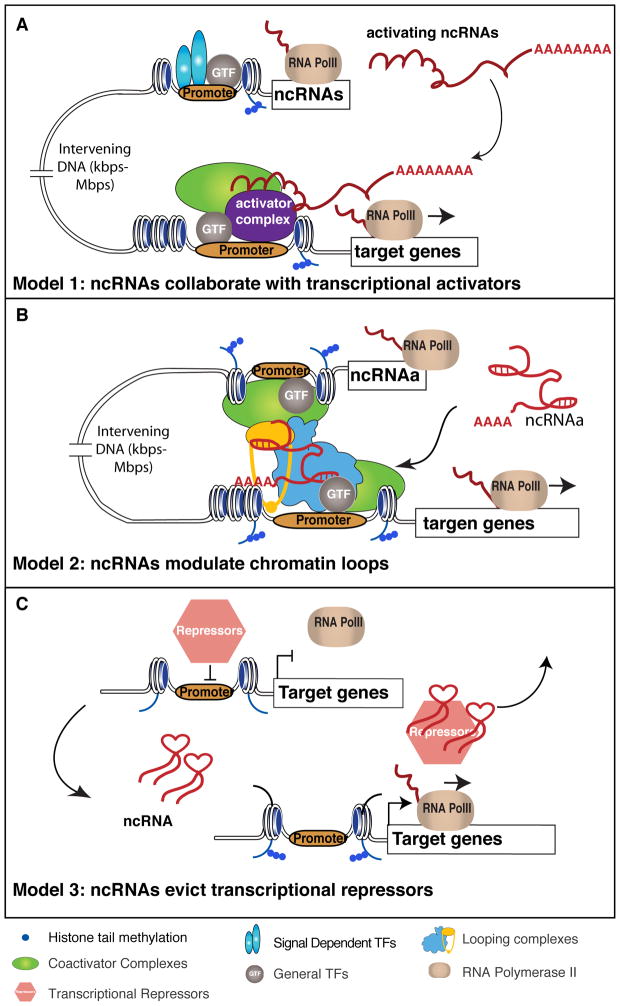Figure 4. Three mechanistic models underlying functions of activating ncRNAs.
Three general categories of mechanisms for ncRNAs in transcription activation: (A) by directly recruiting transcriptional activator or activator complex; (B) via mediating chromatin looping; (C) and through evicting transcriptional repressors. A. Several ncRNAs (e.g. HOTTIP [KC Wang 2011], Mira [Bertani 2011], SRA [Lanz 1999], and Evf2 [Feng 2006].) physically interacts to recruit transcriptional activators (e.g. WDR5 subunit of MLL complex) to promote target gene activation. This type of activation theme is achieved, till now, only by polyadenylated ncRNAs, and can be thought either in cis (e.g. HOTTIP) or in trans (e.g. SRA) actions. B. Another group of ncRNAs (e.g. ncRNA-a) can modulate chromatin looping between enhancer and promoter through interacting with and recruiting/stabilizing the looping factors (e.g. Mediator and cohesin complexes). This is similar to the mechanism of some estrogen-induced eRNAs (Figure 3B) for gene activation. C. Under some circumstances, some ncRNAs (Braveheart [Klettenhoff 2013], Jpx [Tian 2010 and Sun 2013]), can abolish the effects of transcriptional repressors by titrating them away from the promoters of target genes.

